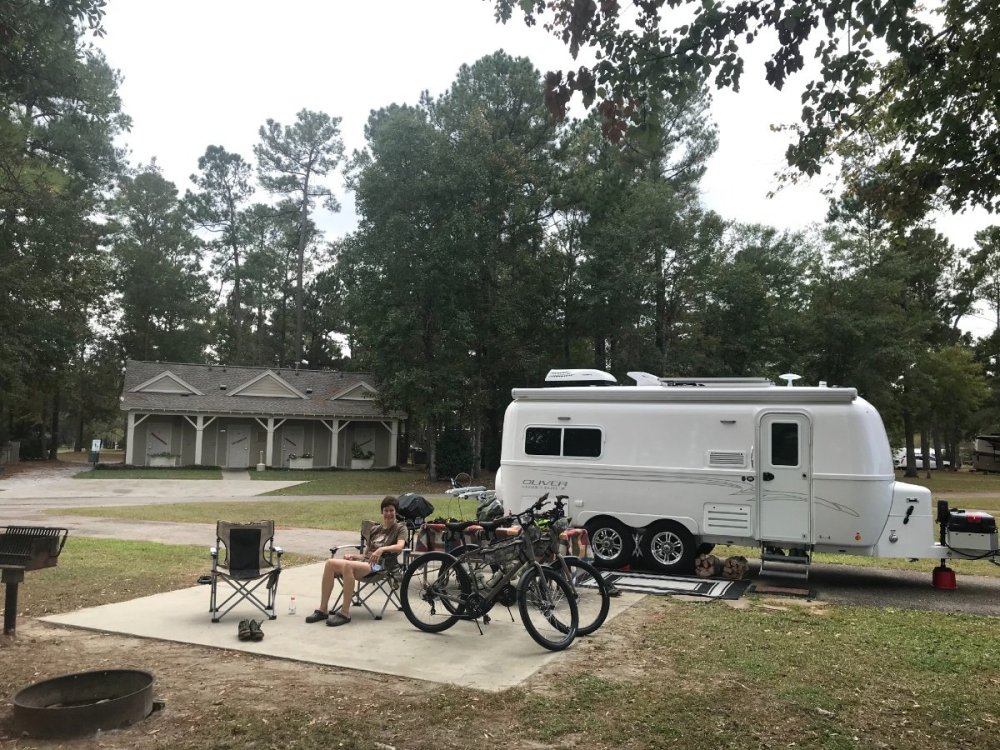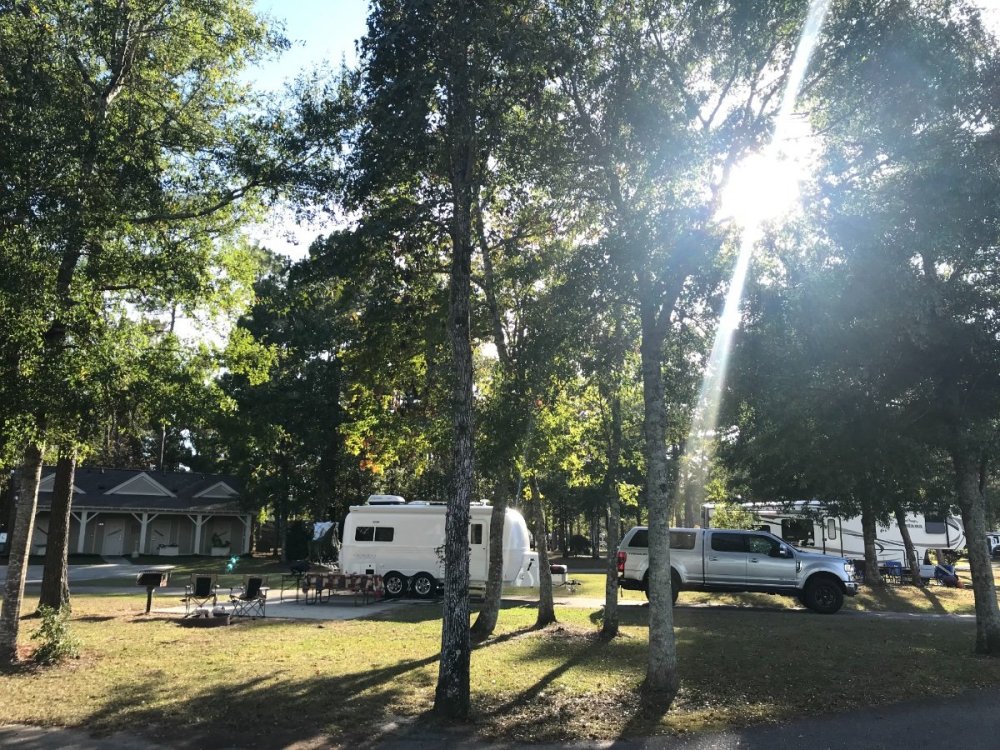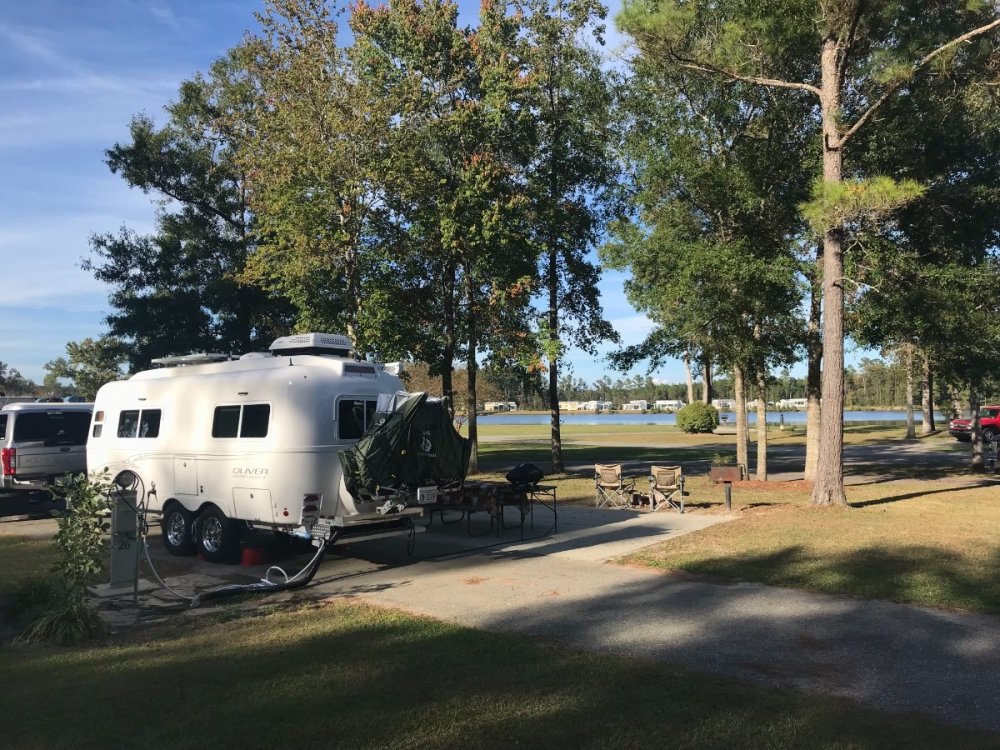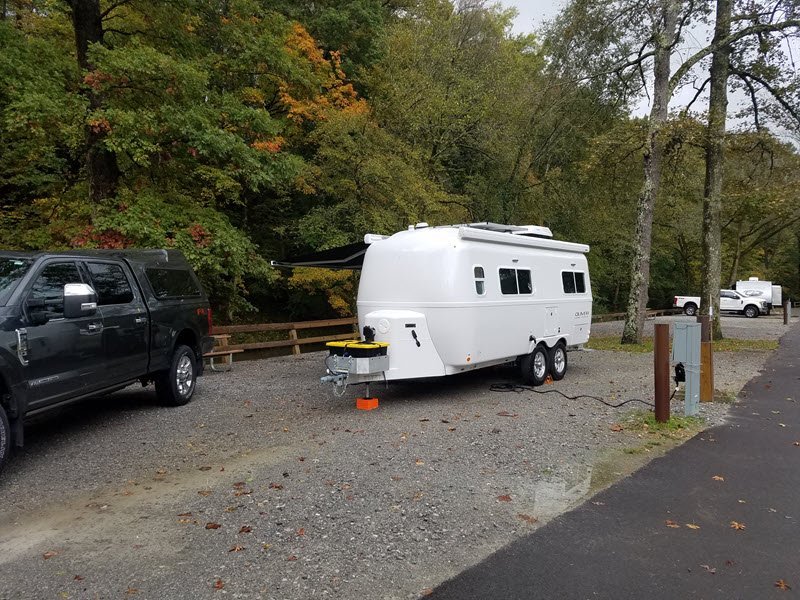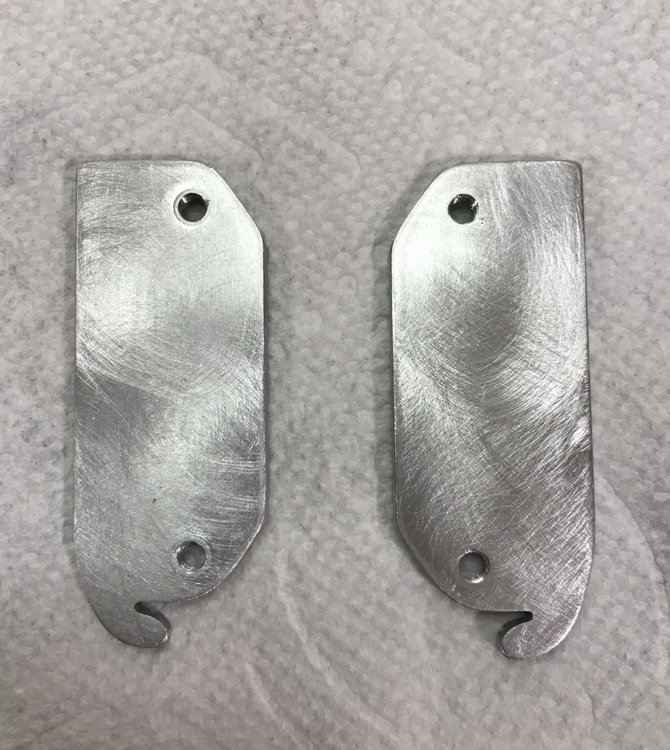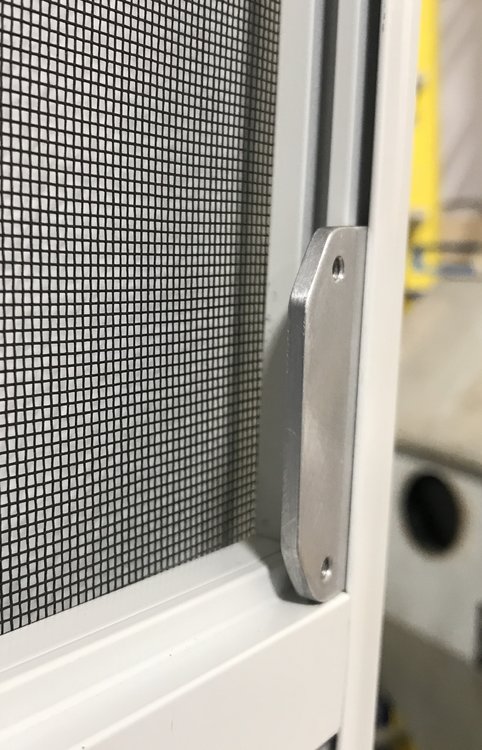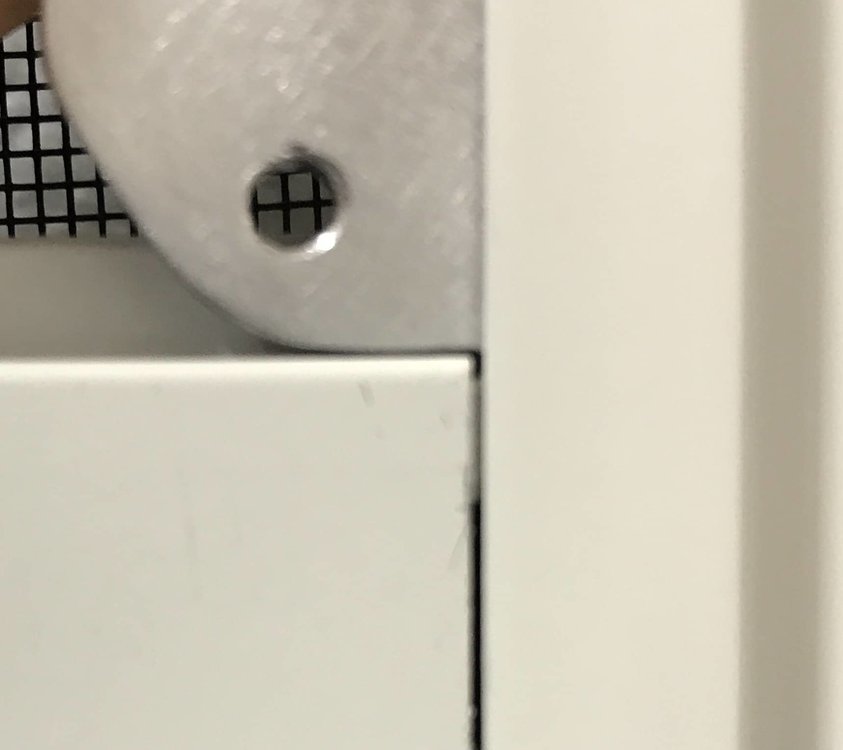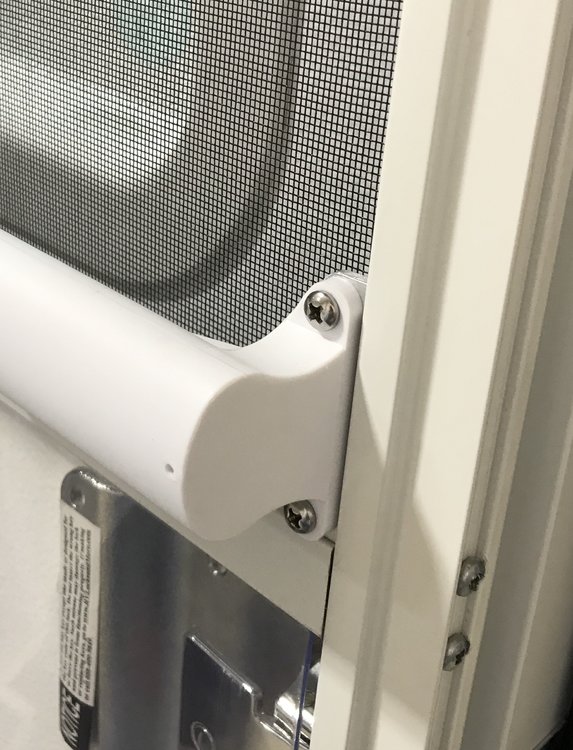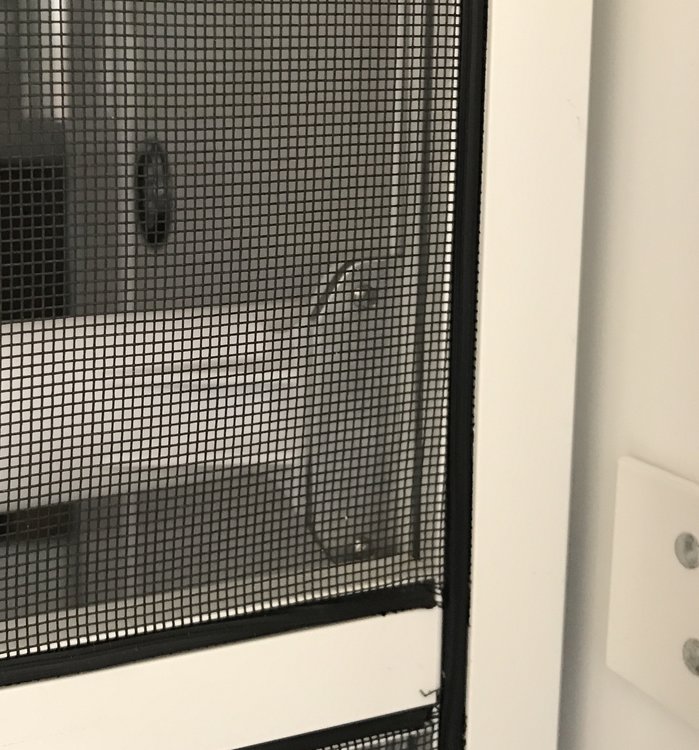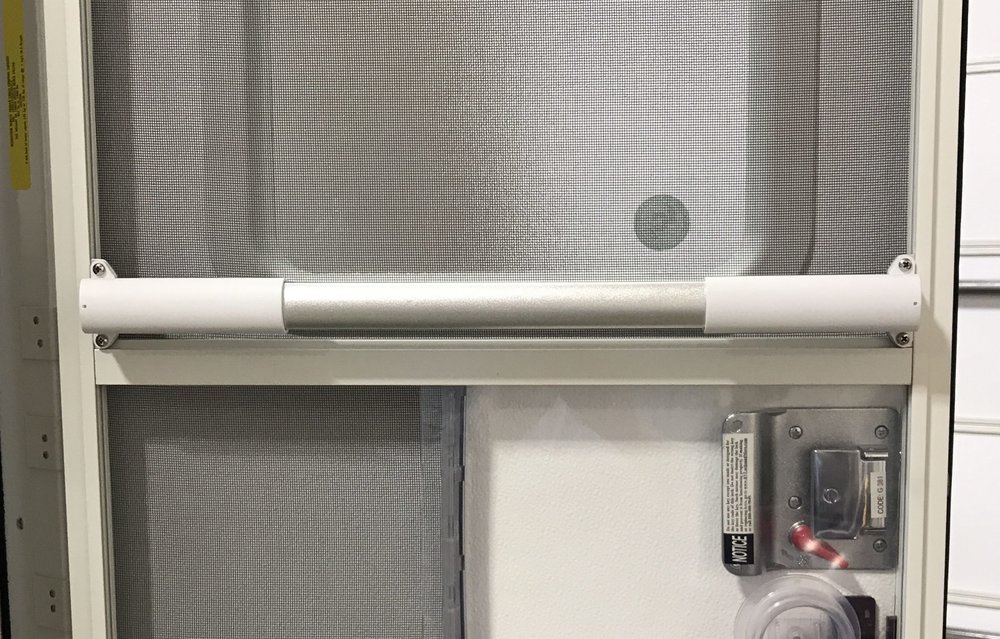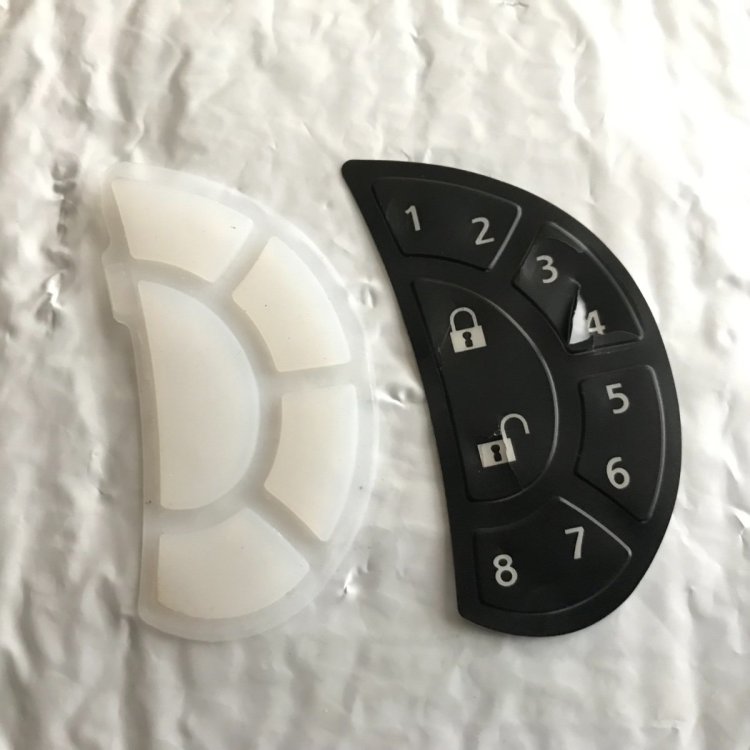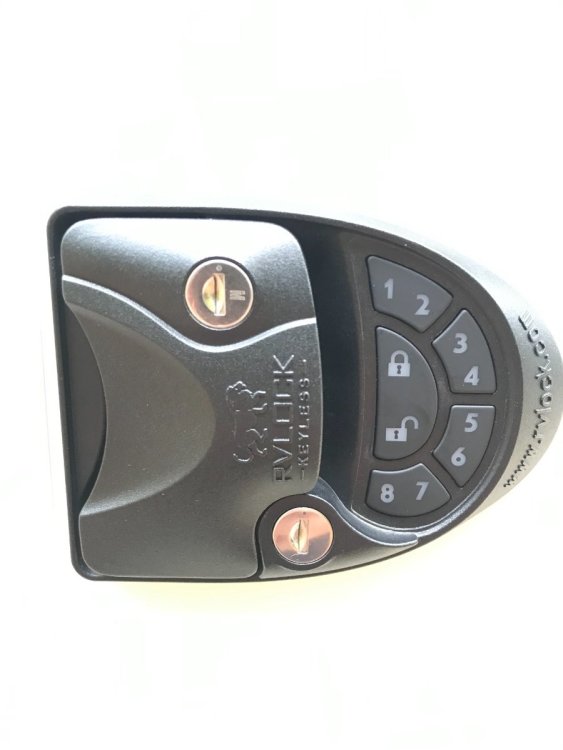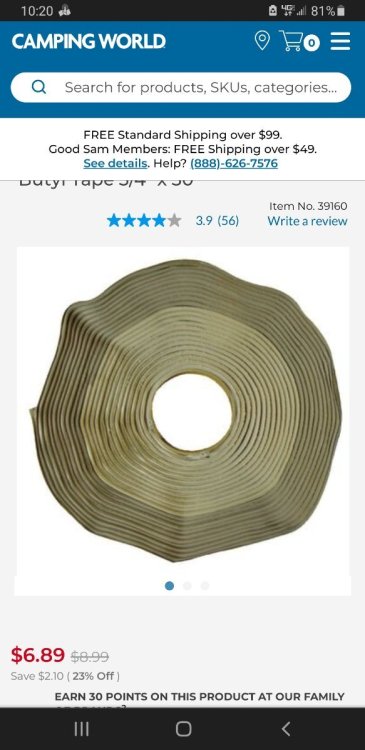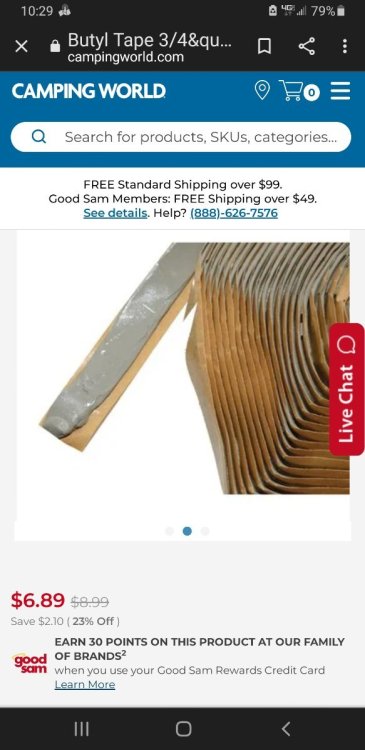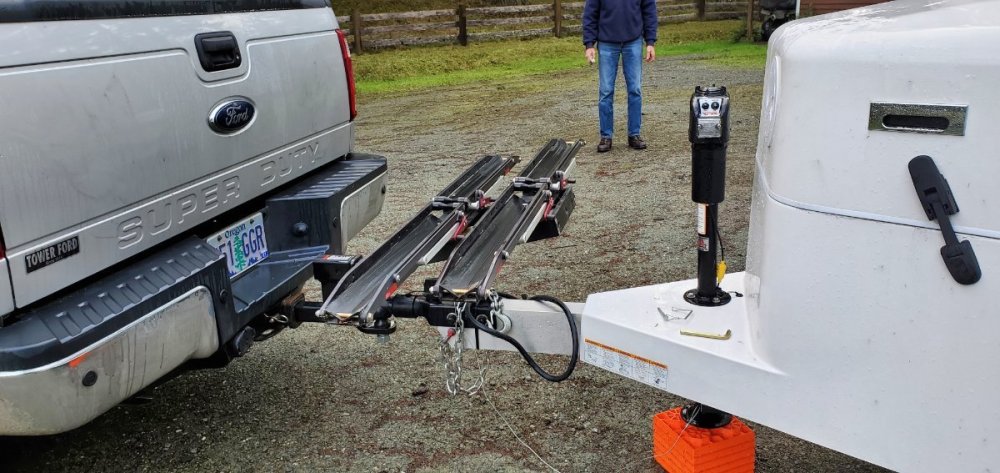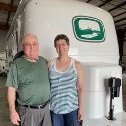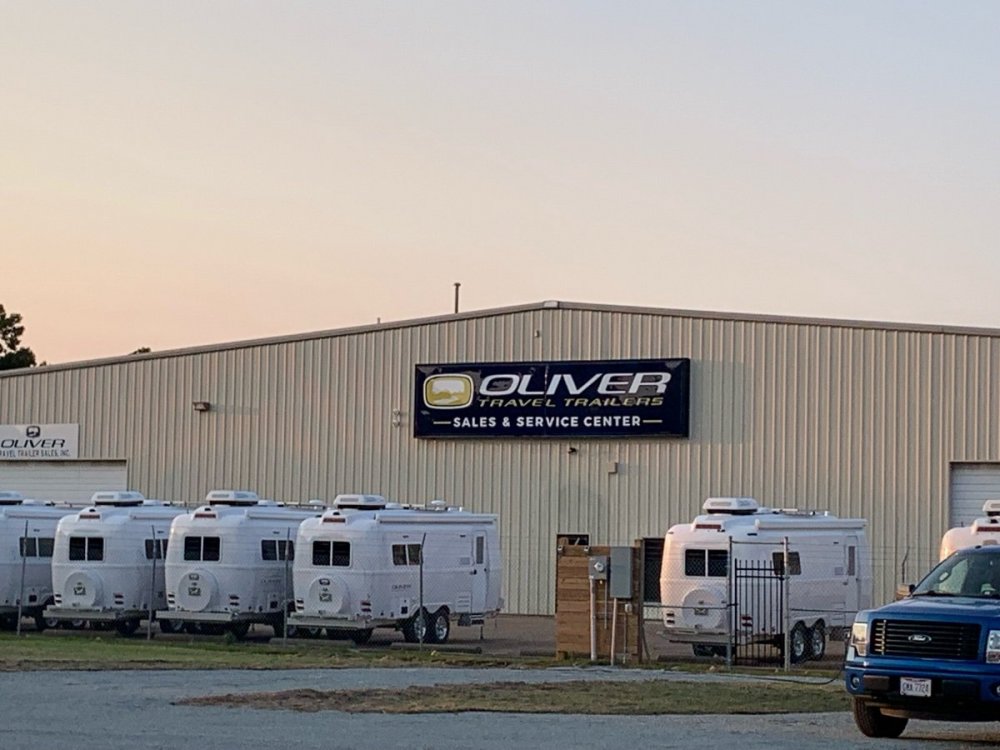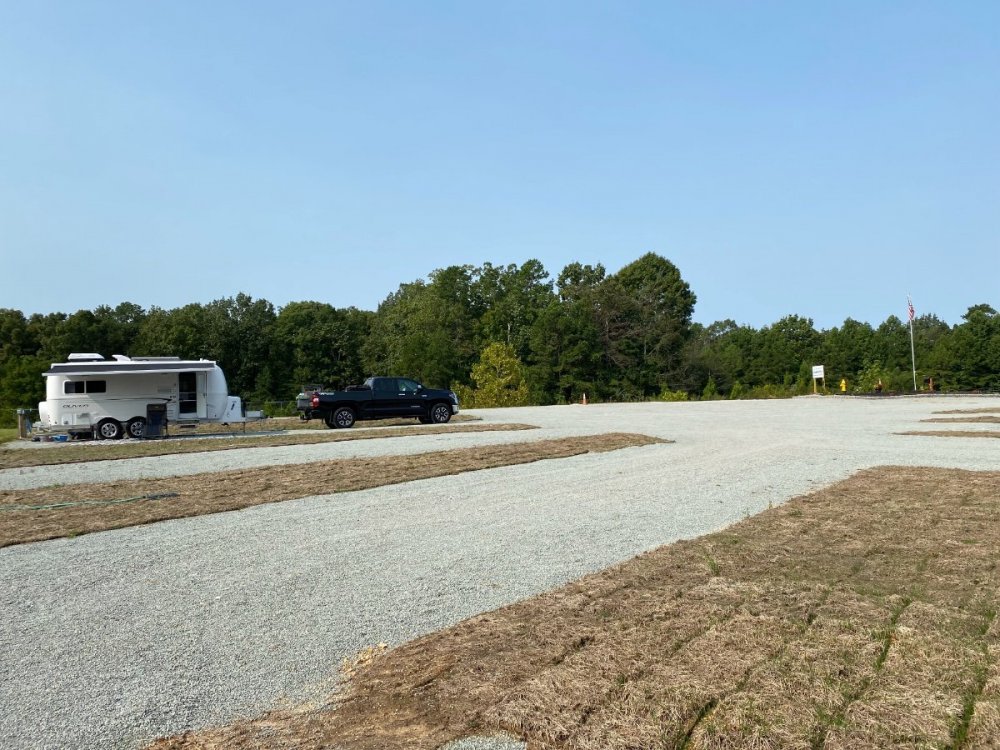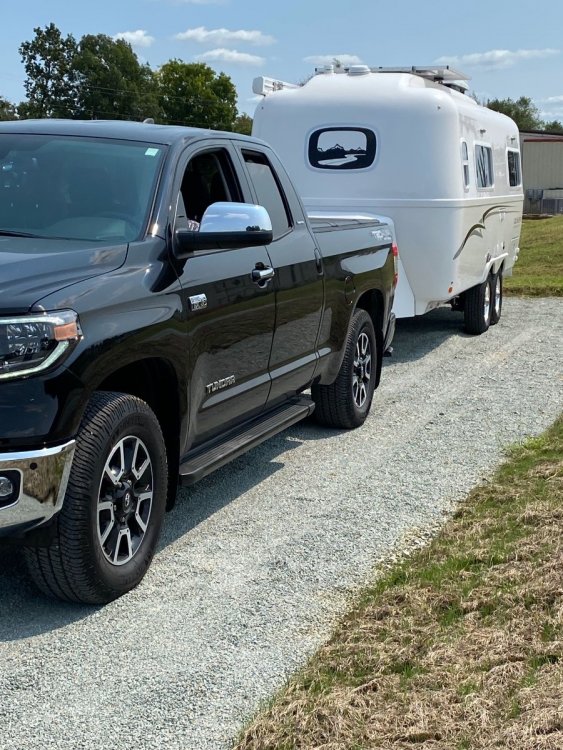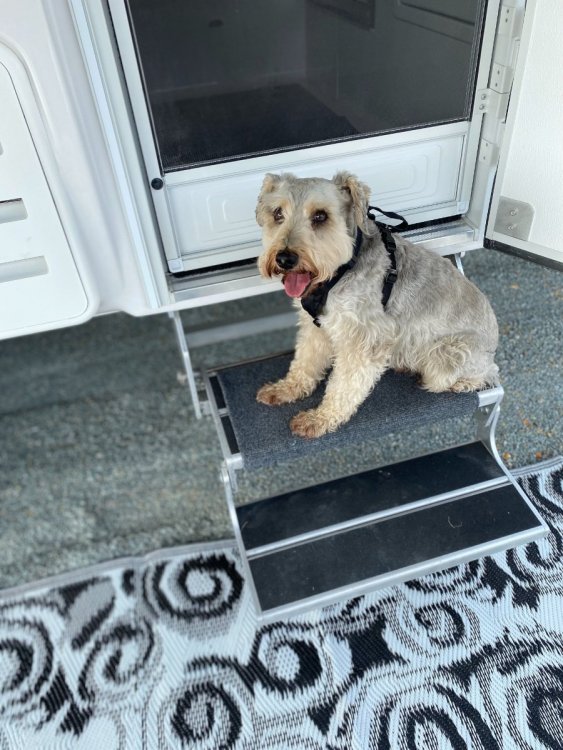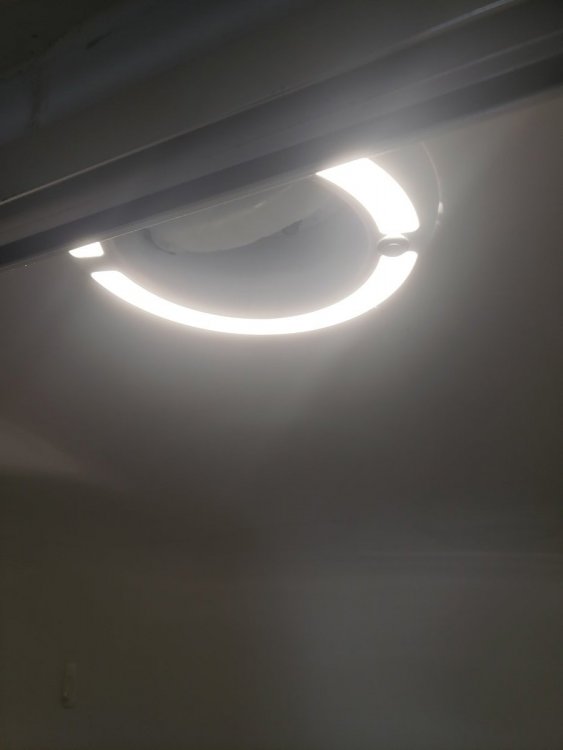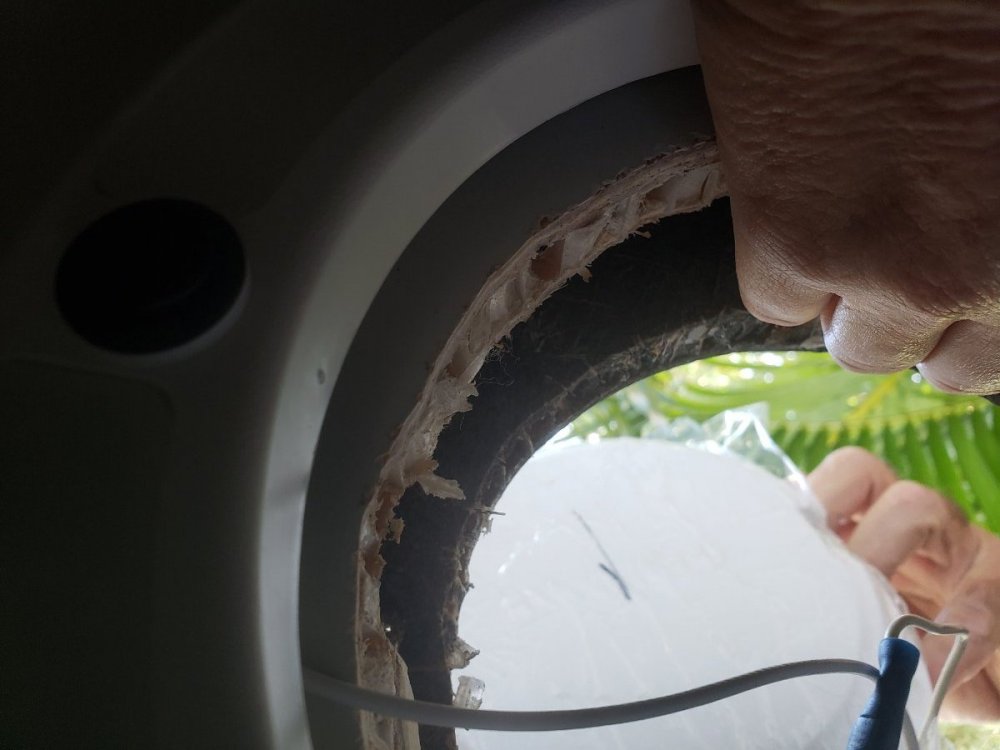Leaderboard
Popular Content
Showing content with the highest reputation on 10/29/2021 in all areas
-
We just spent a 4 nights at Willow Tree Campground in Longs SC. We really prefer the beach in the cool of the fall season as the heat and sand gnats are not as bad. This is one of the nicest privately owned CG’s we have ever visited. Nice and very modern clean bath houses, a lot of paved bicycle trails one of which surrounds a fairly large lake. Swimming, fishing, and kayaking is allowed and lots of places to get out and walk. The sites are really large and spacious with nice and level concrete pads. It’s located about 20 minutes from Myrtle Beach and we enjoyed some really amazing seafood. We had a really great meal at the Sea Captains house on the grand strand. Happy Fall Camping! Somewhere over the rainbow.. Large sites- We had a decent lake view - We really had a great time cycling. My bride and our rides! 🚴♂️7 points
-
Picked up hull 927, Lucy, on Tuesday 10/26/21. Hanna, Ryan, Crystal, Meghan were a great delivery team. They were patient and answered all out questions including the ones we didn't asked but needed to know the answer. It was an absolute pleasure and flawless delivery. We spent the first night Oliver's new site which was very convenient as we could walk 100 feet to ask more questions. We left Wednesday to David Crockett State Park - absolutely beautiful. And of course, the one thing I was not support to forget to do before we left the Oliver site, was to ensure the valve to prevent grey water from sloshing into the shower pan was closed. I forgot LOL. Fortunately, our grey tank was not full and our shower pan was dry. Then, we forgot to open it on Thursday and our shower had a bit of trouble draining. We will learn. Thanks to all the owners in this forum that helped us prepare for this new adventure.3 points
-
It didn't take us long to see the benefit of having a screen door handle but I couldn't bring myself to drill holes in my screen door so I made these plates to install the handle without drilling. I used 1/8 inch X 1 inch aluminum and drilled and tapped for #8-32 X 3/8 SS screws. The plates "rotate" into place with the hook at the bottom fitting into the cross bar of the door to keep the assembly from sliding up in the door channel. I shortened the handle tube to 19-13/16 inches, slid the end caps on and attached the assembly to the adapter plates. [attachment file=127613] I know, a lot of trouble to go to when I could have just drilled the holes and been done with it but I think it makes for a cleaner installation.2 points
-
A little fall maintenance on Hull# 634. If you own an RV lock it’s only a matter of time before the original cheap plastic key pad wears out. I called and ordered a new replacement from RVlock.com for $16.00 shipped. The install is pretty straight forward and the new silicone key pad hopefully will last much longer. Cheers! old - new installed -2 points
-
We use butyl "tape" for bedding windows, hatches, ports, and vents. It's butyl rubber, old school, but pretty much lasts forever, and creates a really strong seal. You can get it at camping world or amazon, in various widths, and grey or black. We only stock grey in the garage fridge. It's easier to work with cold, as it's pretty sticky and stretchy when warm. It's not really a "tape", per se, but comes in a roll with one side covered with waxed paper, that you take off after applying and pressing down on the first surface. If you decide to use it, make sure you buy real butyl tape, not putty tape, which isn't as good. Butyl is a great sealant, but not an adhesive, so it's used in combination with mechanical fasteners. Camping world sells dicor brand.2 points
-
I posted this back in 2018 but was reminded of this again this morning. While disconnecting my hose I noticed my city water female hose connection fitting was loose. The picture below shows the fitting after I removed the strainer/ washer. You need to carry a 1/2 inch hex key (Allen wrench) or you’ll have to use a bolt with a head that fits a 1/2 inch wrench. Just snug this fitting up after removing the strainer/washer. Be sure to replace the strainer/washer after tightening the fitting. Here is the post that I made about this back in 2018. Just disregard the threadjacking in the middle of the original thread.1 point
-
Patriot, I think I saw you towing on SC 22… it is so rare to see an Oliver, and I’m always on the lookout. My home is just down from the Willow Tree campground, also on SC905. This time of year Huntington Beach State Park may have availability, and it is more quiet than Myrtle Beach State Park.1 point
-
David, Nice looking campground and nice shots. We like camping at SC during winter months!1 point
-
John - No - the jugs of water is used on those occasions when there is NO water in the fresh water tank. These times are usually in the winter months when water in the fresh water tank might be at risk of freezing or during the rest of the year when you might not want the weight of the water in that tank while towing. The standard Oliver toilet works just like most other RV toilets in that the amount of water used to flush is regulated by how long you hold down the handle (foot peddle). Bill1 point
-
1 point
-
1 point
-
Thanks for your interest. I don’t have any extras right now. I have looked into having some laser cut and if there was enough interest I would make up several sets. It just takes too long to make these by hand and sell them at a reasonable price.1 point
-
Fwiw, if you upgrade, consider the led light version. It's really nice, for a few dollars more. I love that light ring.1 point
-
I always carry one to two gallon jugs of water in the Oliver next to the toilet primarily to be used for flushing. This practice started out during cold weather camping but during the past several years I've found it to be useful even during the warmer weather months. Bill1 point
-
I changed out my original fan to the Maxx fann because it failed. I found out that the fuse on the ventline was blown and it is not easy to identify or replaced. The maxx fann went in easy enough and it has a replaceable fuse! Overall it seems like a better made unit.1 point
-
I've posted this previously, but in case you haven't seen it. We use this hitch with our F350 towing an Elite II. Hitch is rated for 7,500#. This will not work if you have the tongue accessory box on the trailer. Only once have we had a radius turn clearance issue, but it is easily solved by folding the rack up (which can be done with the bikes still loaded), or you can take the bikes off the rack and fold it up, if necessary. Bikes stay relatively clean mounted here. Love the 1up rack! They have been back ordered till ????, like many bike related items, but appears they might be available now. https://www.etrailer.com/Trailer-Hitch-Ball-Mount/Curt/D210.html?feed=npn&utm_source=google&utm_medium=cpc&utm_campaign=Google | Shop - Trailer Hitch Ball Mount&adgroupid=87631909362&campaignid=1672411804&creative=404001588902&device=c&devicemodel=&feeditemid=&keyword=&loc_interest_ms=&loc_physical_ms=9033074&matchtype=&network=g&placement=&position=&gclid=Cj0KCQjwlOmLBhCHARIsAGiJg7n_j802euDcIl-x6KSaMrvyZn-hx-pLJJ9H28PEt8ZK0_qMt23ZmSQaAguyEALw_wcB1 point
-
I wish I could tell you that after a few trips you won’t forget to open/close that valve. We still forget occasionally! It’s on our departure checklist so we usually remember to close it for travel, but setting up can sometimes have distractions and we realize we forgot to open it when our feet get wet while brushing our teeth! 🤣1 point
-
I tow with a full fresh tank mainly to have water available on the road and especially if we’re going to dry camp. I also tow with various levels in the gray and black (except when we’re starting a trip). Sometimes you can’t dump until you arrive at the next location or somewhere on the road. To be honest, I’ve never noticed any real difference with full tanks, empty tanks or partially full tanks. After dry camping, the fresh tank is less, gray and black more. I think it is a testimony to the Oliver design of flat tanks positioned well. I wouldn’t lose any sleep over it. Mike1 point
-
Certainly, there is no question when one wishes to compare towing without a weight distribution hitch or towing with one, towing without will almost always win. Why would one wish to add ANY work to what they already have to do without some reason. For many, that reason is that they wish to have the added security and/or functionality of a WDH or they are required to use one for "legal" or warranty issues. Indeed, I too rarely have problems with porpoising. Mostly this occurs on Interstates with construction or those wonderful bridge abutments. But, when things really start to bounce, the Andersen dampens this while other WDH (that I'm familiar with like the Equalizer) actually amplify it. Would this alone be sufficient reason to purchase and use the Andersen WDH? - I think not. But, I suspect that this is not the reason most of us use the Andersen to start with. Bill1 point
-
Having gone from a 1 ton crew cab short bed pickup, dead weight ball setup, to a half ton short wheel base body on frame SUV…. In comparison the Andersen is a pain. NO doubt in my mind. The pickup rarely had problems with porpoising, not often enough or severe enough to be bothersome. Only on truly horrendous choppy highways. The only way to make an Andersen ready to go at the drop of a hat is to never disconnect it, which is what I try to do. (Careful campsite choice helps, find a spot that is dead level or slopes a little to the back, and it isn’t hard, but you have to be lucky.) It is a beautiful bit of engineering, and is mostly functional, but it does not contribute to my mental well being. I would be interested to hear more comments from those who went the other direction, after ditching the Andersen….. maybe it is time for a poll. OTH, as I grow older I have less and less tolerance for hardware that does not function seamlessly with me. 😳 Does that mean I am becoming a grumpy old man? Or just a realist? I look back at a long trip and the happier times are when I can stay hitched for three or more nights in a row.😀 John Davies Spokane WA1 point
-
Certainly the Andersen WDH is no worse, and, in my experience with other WDH, it is actually better than anything else on the market. This applies to both how it functions and how it is to use. Yes, there are those times - less than 5% - where it always seems to be raining or dark or I'm in a rush - where the entire process of hitching up is a "pain". But as an every day "chore" the Andersen is no big deal. And, it does help reduce porpoiseing while other WDH actually increase it. Bill1 point
-
The Andersen is a little more work when hitching and unhitching, I wouldn’t call it a pain. It’s a WDH, so it requires some effort to use. Just part of the process! Mike1 point
-
You could certainly tow it, since you're within limits with an Anderson wdh. The question is, will it be fun, and comfortable? Likely not in the mountains, or higher winds in the plains.1 point
-
If you have had more than one Ollie, please include the mileage of all of them, combined as one figure. I think it will be eye opening to see how many owners “rack up those miles”. Thanks. John Davies Spokane WA1 point
-
Welcome to the group. I agree with JD, your truck sounds like you would constantly be at its capability limits. You might get by on level terrain but hills or mountains would probably prove too much. As someone who upgraded from a Tacoma to a 1500 to a 2500 over the last 6 years there is no comparison. I would recommend a bit more truck, there are lots of Ollie II owners pulling with the 3.5 version of the F150 with increased weight capacities. Mike1 point
-
Welcome to the forums, there are a bunch of folks pulling with the 3.5 EB, not so many with the smaller boosted engine. Which trailer are you considering? That setup would be dandy for the LE1 but you will quickly run into payload limitations with the larger trailer. Typical tongue weight for that is about 650 pounds plus or minus 100, depending on how heavily you load the tongue and / or the rear….. Mine is unusually low at 480. These LE2s can safely handle reduced tongue weights, though some traditionalists will argue the point.. Add another 50 pounds for an Andersen hitch, the only one that will work. (It is not needed with a Hd truck.) For a forever setup pulling an LE2, I think you would probably be lots better off trading up to a Super Duty to get way more payload, if you don’t want a diesel, the 7.3 gas pushrod motor would be wonderfully torquey and very low maintenance. With a HD truck you won’t need to buy the Andersen, nor constantly fuss with it. At times it can be a big pain in the posterior, it is definitely not “go at the drop of a hat” simple…. I am not a Ford guy, I am just repeating stuff, but you definitely need more payload in the truck if you are going to be full timing with two people and all their “stuff”. Of all the LE2 owners who switched from a light to heavy duty truck, I cannot recall a single one that regretted the decision. John Davies Spokane WA1 point
-
On our delivery week, we drove from DCSP to Triple Creek Campground in Newport, TN and a couple of days later from there to our home near Raleigh NC. Each leg was about a 6 hour drive. We had the Norcold fridge on DC for both drives. In addition, we stopped to eat lunch in the trailer also both times and used the AC for about an hour. Unfortunately we did not check the battery levels when we arrived, but the fridge was still working before we turned on the propane and plugged in the shore power. We have the Lithionics 390aH option.1 point
-
What is the concern about using propane to run the Norcold fridge? The propane usage is minimal, based on our experience.1 point
-
We have the Norcold in our Oliver 2 (hull 770) with the lithium package. Running the fridge on 12 volt the batteries run down very fast. We recently ran the fridge on 12V on an 80 + degree day and found after about 8 hours the fridge drained the 390 amp hour battery bank to about 65%. I do not believe his rate of power consumption is sustainable in our Northwest climate if you are off the grid as the solar will not keep up. After 8K of travel in the five months we have owned hull 770 we find we use propane to power the fridge all the time unless hooked to 110. There have been no issues so far. The inability to charge the lithium batteries from the tow vehicle is a serious issue for those of us who live in the Northwest and camp off the grid. I went with the lithium package despite my misgivings in the hope Oliver will work with Lithionics and come up with a TV charging option which they both support and which we owners can confidently implement. As I am unaware of any progress being made in that direction, I question whether I made the right choice going with the lithiums. In the defense of the system, we have found that given mild temps and a reasonable amount of solar gain, the panels will keep up with our electricity demands if we stick with propane to power the fridge.1 point
-
I'm hoping that someone with the Lithium package will chime in on the feasibility of running the fridge on 12V while in transit. When we had our old travel trailer, I'd put a small bag of dry ice in the fridge just before departure, then turn the fridge off. Only if we were planning to be on the road for more than 90 minutes, or if it was unusually hot. Otherwise I would just pack the fridge with some frozen items and/or a few ice packs, and hit the road.1 point
-
John, I've got a National Luna in my truck, too, and power it with a small AGM battery, which is charged from the truck while driving and also pair of solar panels attached to a rack. With that setup, I've never depleted the battery while traveling. I used a Victron Cyrix smart relay to prevent the fridge from draining the starter battery, and just allow the truck's electronics to act as the regulator for charging the house battery. And I've got a Victron BMV to monitor everything via bluetooth. It's been a good setup and made the fridge something we don't really think about. I've got a DC fridge in the trailer, but now that I've had experience with the NL in the truck, I'd keep the absorption fridge if doing it again. It's just a big drain on the trailer batteries that I wouldn't have to worry about. Propane for us seems to last forever.1 point
-
Our previous RVs have had Dometic absorption fridges which defaulted to LP when set to "Auto". The Norcold default is 12v; we always choose the power mode and never set to Auto. In our experience, the Norcold fridge does a much better job of cooling than the Dometic in our Leisure Travel Van. However, the Norcold lacks one feature the Dometic had - it had an audible alarm if the burner failed to light, after a certain number of attempts or the door was left open. The only indication you get of no LP supply, when in LP mode, is an error code on the display. I wish it had an audible alarm. What we do is set an alarm for the remote temp sensors we use in the fridge, to let us know if the temp gets above 40 degrees in the fridge and 25 degrees in the freezer.1 point
-
Scubarx brought up an important point on the Norcold. I, too, advise owners to manually select the power source each time. The older dometics didn't ever default to dc. The norcold will, if left in auto, and can leave some with depleted batteries unknowingly. There are a few areas where you must turn off propane tanks, not just the fridge. Many ferries require it, and some check and tag the bottle at boarding. Some tunnels, either because they're heavily trafficked, or don't have the typical little rise in the center. They're usually clearly marked, and have an alternative route, or have a pullout area to turn off tanks. Most can be avoided with planning, and if not, it's just a minor inconvenience.1 point
-
The auto function fridges in the newer trailers operate differently from our older Dometic units. They will select from all three available power sources, be careful it at it doesn’t select DC. Ninety per cent of all RVers run their fridges on propane while traveling. We driven >150K miles like this and I don’t ever recall a situation where we were required to turn it off.1 point
-
We run our fridge on propane when traveling. We’ve never used 12V. It switches to 110V if we have hookups. Mike1 point
-
Congrates on taking that first step in really joining the "family". These absorption fridges are most efficient when using propane. Running them on electricity (12 volt or 110 volt) requires the heating of an element (kind of like a space heater) and that takes a fair amount of a limited resource when on 12 volt. Assuming that it is not too hot out and you are not driving too far then it just might be simple to turn off your fridge during those circumstances. I've only done that a couple of times though. The problem is - you risk spoiling food and you have to remember to turn that puppy back on. Yes, with the larger battery capacity of the lithium it is possible that you might have enough power to not be concerned. But, you will still need to remember (I think) to switch it back to propane. I'm in the camp that simply leaves the fridge on "automatic" all the time (unless as Sherri says it is dangerous or illegal). This way the fridge is always on propane unless I'm plugged into "shore power - 110. One less thing to worry about and/or remember. Bill1 point
-
Congratulations and I agree that is a cool hull #. I pick up #928 the end of next month, heading south early to attend Talladega and Charlotte Races beforehand. Best of Luck with your new Rig! Happy Trails. Dan1 point
-
1 point
-
1 point
-
We have the same experience. Every hull that rolls off the Oliver line puts us one closer to our arrival in spring 2022!1 point
-
Sorry for the late response. You asked about what I meant by the term "Feel of the Front Axle." You can think of it as the "Seat of the Pants Feel," that you can actually sense while driving down the road. I suggest that the next time you have your Oliver Hooked up, you experiment with the Hitch Adjustments. First, take a very short Road Test with the Hitch adjusted as normal and pay particular attention to the Feel of the Front Axle, i.e. Tires/Axle! Now, loosening the Adjusting Nuts (1-2 turns) on the Chains and take another short Road Test , and compare the Feel you experience. You will probably feel a Light Sensation (less weight) on the Front Axle and may even notice a slight elevation of the Hood and a lowed stance of the back end of the TV. The difference in the FEEL, is the result of less weight being transferred to the Front Axle of the TV. Now, tighten the Adjusting Nuts 1/2 (one half turn) turn at a time, and Road Tests again while noting the sensation you feel in the Front Axle. Do a couple of Road Tests and I am sure you will get the hang of it.The Ride should progressively feel more FIRM, I'd be surprised if you don't feel the WEIGHT actually being spread across both the Front and Rear Axles of the TV. Congratulations, you have just "Fine Turned" your RV WDH!1 point
-
1 point
-
We installed the maxxair dome plus yesterday. Since Paul had already removed the old ventline and cleaned up the caulk on the roof, the install took less than an hour. (Would have been even less, but I inadvertently dropped the four screws for the interior trim ring into the shell and turf blocks where we park the trailer. Took a good five minutes to find them.) We bench tested the fan and light in the workshop before installing. It is indeed much quieter than the old ventline and the led light is very, very bright. The screen is indeed removeable from the inside for cleaning, but requires removing four tiny screws to do so. The handle for opening and closing is much beefier (our first ventline handle cracked), and it has a button to release. That motion is a bit sticky. The interior trim ring is almost 3/4 inch deeper, to accommodate the light, which might be important to taller people. I don't know about the trim ring on the unlit fan. We bedded the van with grey butyl tape before Paul fastened the screws. He added some extra at the curve of the hull. We'll run a bead of caulk around the ring when we do some other caulking. We did need the provided extension tube to reach through the two hulls. Paul cut it to length. We were able to use the original rough opening, without enlarging it, though it was very tight. The trim rings are larger in diameter than the ventline, so all original screw holes are covered . Maxxair provides a real gasket to seal the opening dome to the unit when closed, much superior to the foam weatherstripping of the Ventline. The unit itself is all plastic, but a thicker guage than the Ventline, and everything is white, inside and out. Hopefully, the quiet operation will last. I've read some reviews that the fan became louder with months of operation. We'll see. I ordered ours from rvupgrades. The price for the fan with light was just $4 more than amazon price for the fan without the light. Free shipping on $99 or more, so I bought a new water filter cartridge instead of paying $10 shipping. Sherry1 point
-
To add to the previous installs, its not NO drill, but its clean and simple. https://www.amazon.com/gp/product/B0012GTVVA/ref=ppx_yo_dt_b_asin_title_o00__o00_s00?ie=UTF8&psc=1 I picked one of these up, its a clean install. Seems sturdy enough, solid. [attachment file=screen door bar.jpg] 1/8 drill bit, a little blue painters tape for protection, and a Phillips screwdriver. About five minutes. RB I do not know how to rotate this once its in the forum?1 point
-
I like the fittings. But one came off in my hand while setting up in the dark one evening. And most Allen wrench sets don’t have the 1/2 inch size. I tightened mine up and put a tool in my box to tighten them up should it happen again. I’d rather have a tool and not need it than need it and not have it.1 point
-
Recent Achievements






